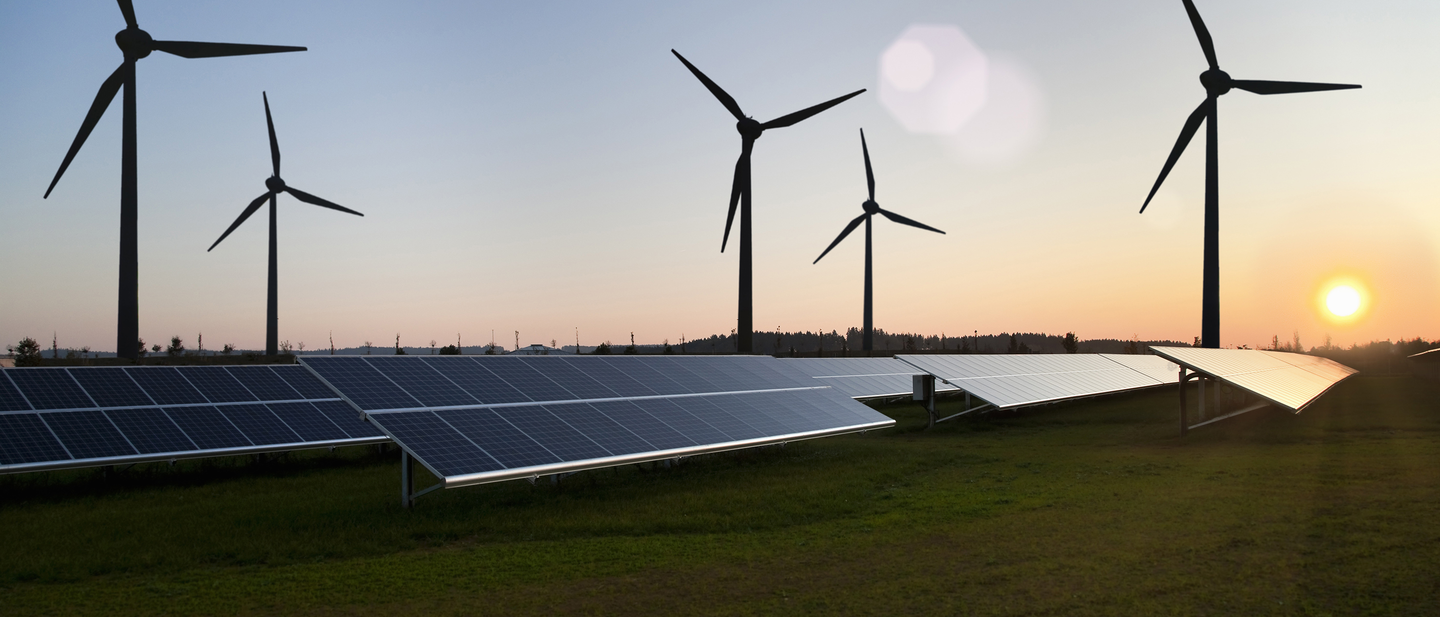Understanding the risks and opportunities of energy installations
Resources for the Energy Industry
Managing Construction Risks in the Expanding Renewable Energy Sector
Understanding builders’ risks is key to constructing a strong energy infrastructure. Travelers Insurance has deep proficiency in solar, wind and more.
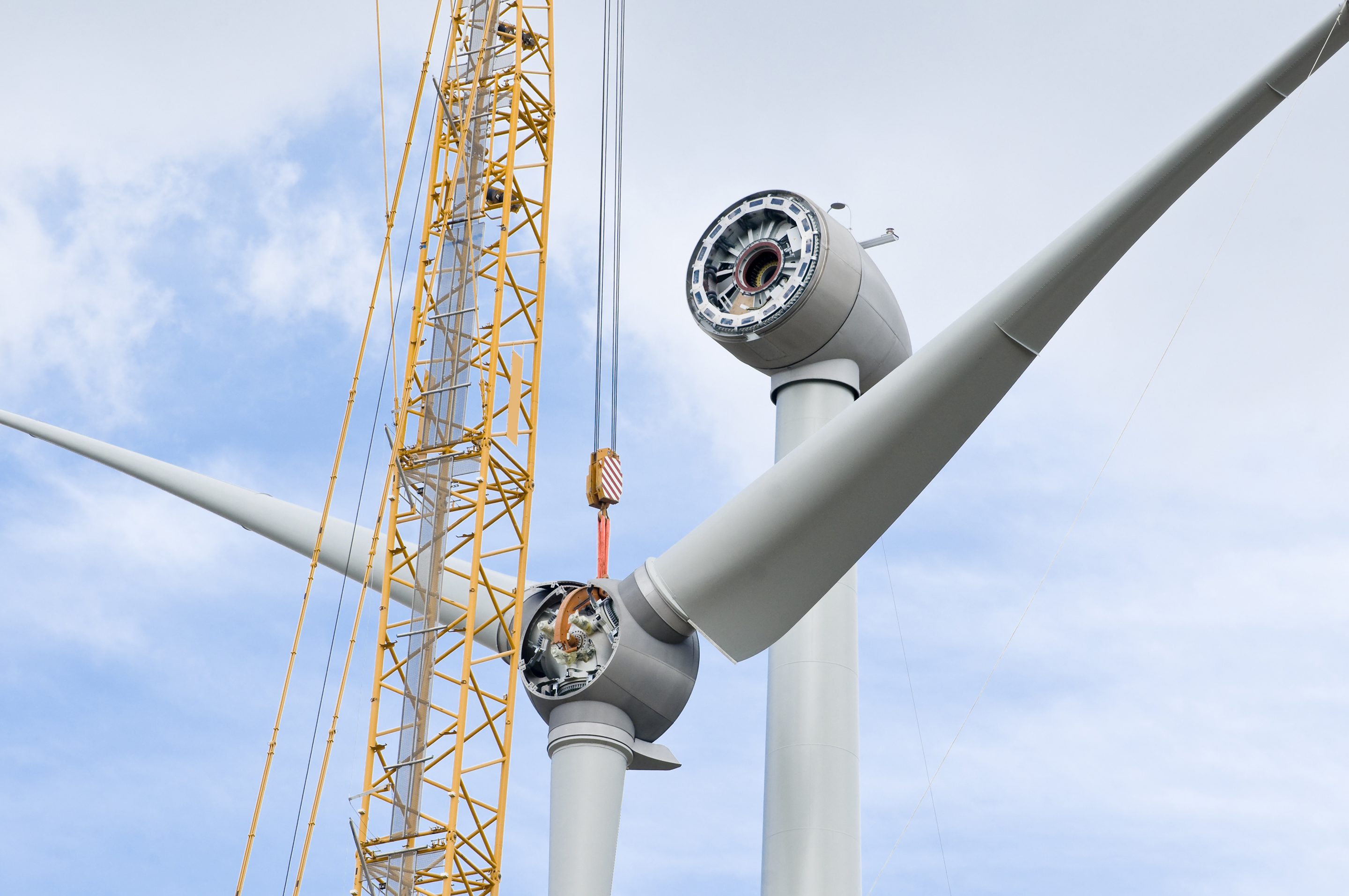
Resources for the Energy Industry
Go Green Wisely: Mitigate Battery Storage Equipment Breakdowns
Battery storage presents unique risks for both safety and environmental concerns. Learn about the latest trends impacting battery storage today.
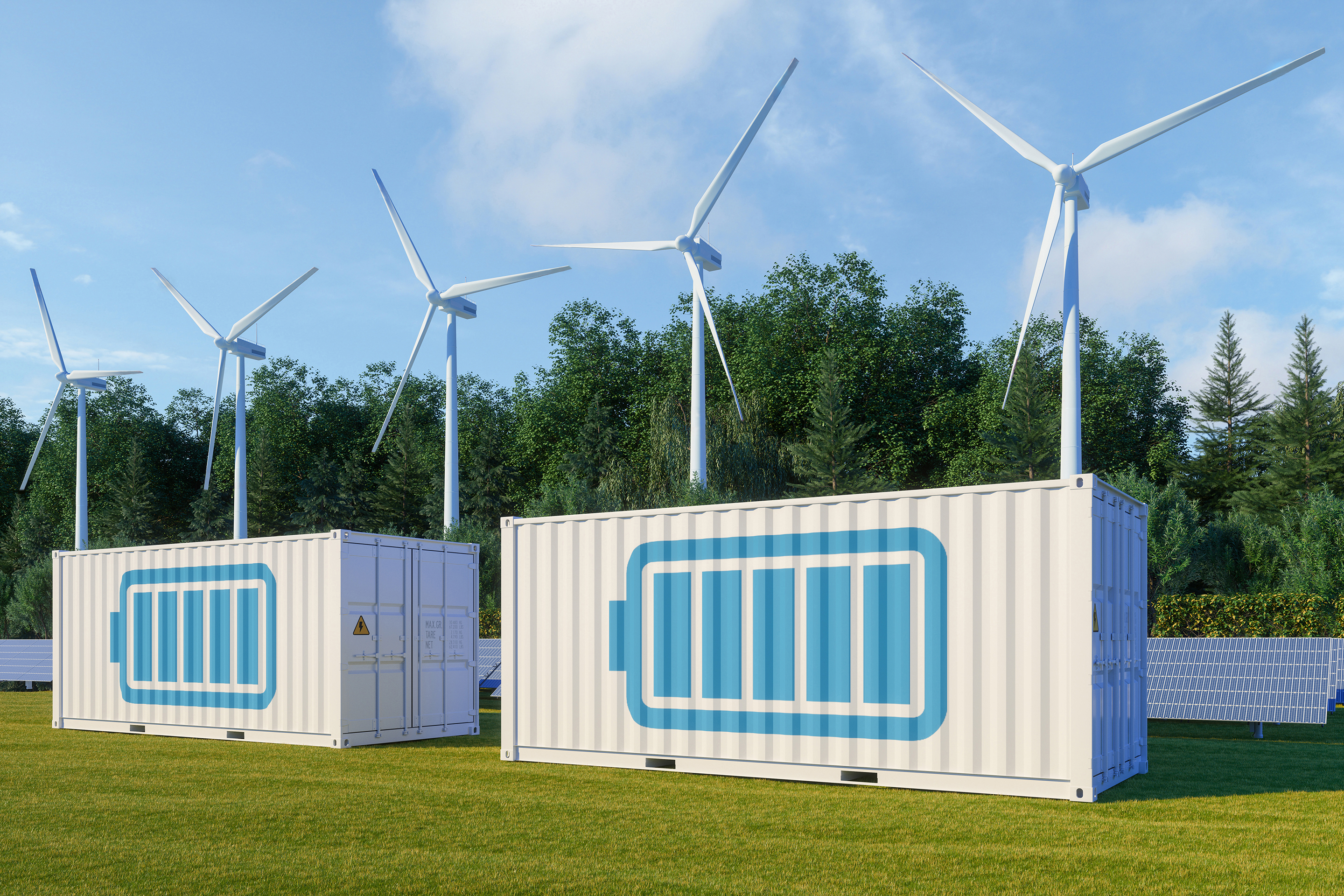
Resources for the Energy Industry
The Great Energy Transition: Strategies to Help Ensure Renewable Capacity Buildout Success
Gain insight on the challenges energy companies face and hear practical strategies to help mitigate those risks.
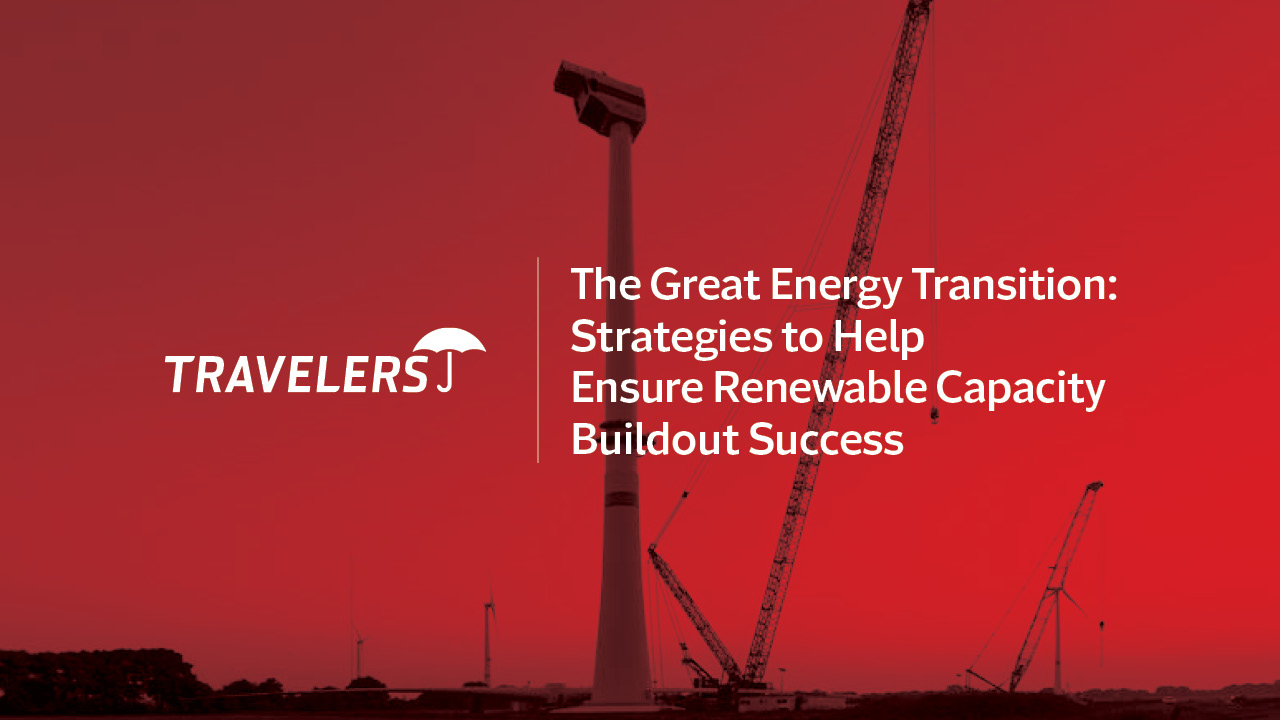
Resources for the Energy Industry
4 Weak Links in Renewable Energy's Global Supply Chain
As efforts for a more sustainable future increase, so does the demand for renewable energy. This demand exposes threats to the renewable energy supply chain. Explore the weak links in renewable energy’s global supply chain now.
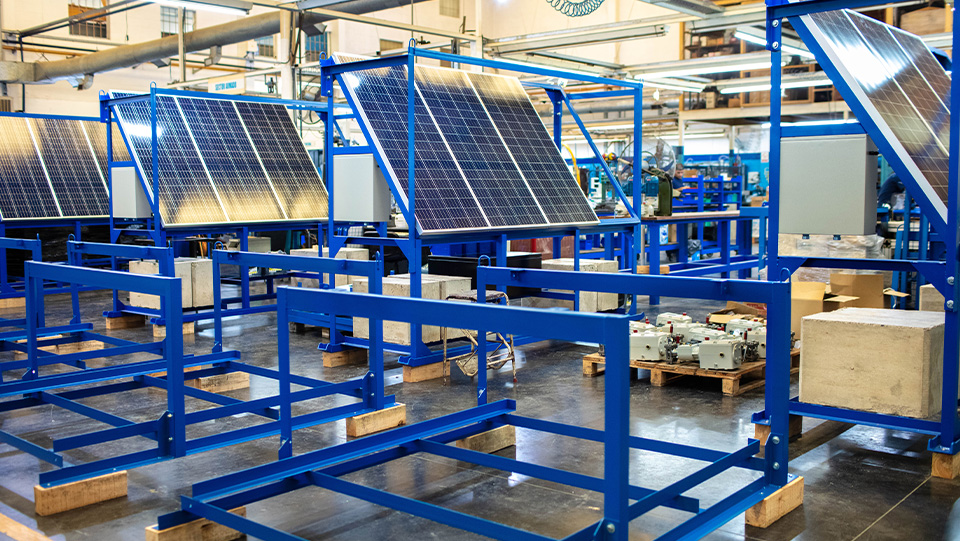
Resources for the Energy Industry
Battery Energy Storage System (BESS) Technology Growth and Risks
Advancements in battery storage, or battery energy storage systems (BESS), technology come with unique risks. Learn what’s happening in the BESS industry today.
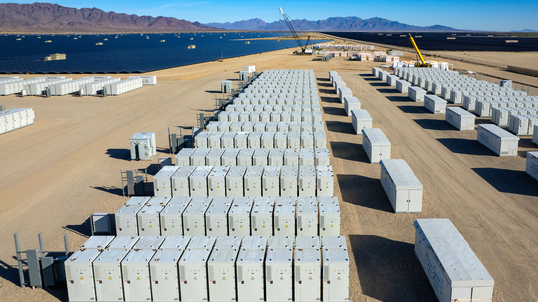
Resources for the Energy Industry
Why Vegetation Management Is Vital to Renewable Energy
When vegetation management is neglected, you put your business at risk of equipment damage and other losses. Learn how proper vegetation management is vital to renewable energy.
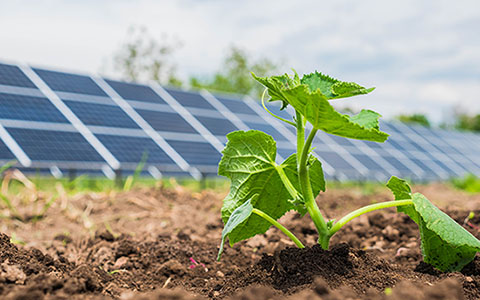
Resources for the Energy Industry
6 Biomass Risks
Biomass energy producers and investors face unique risks in the renewable energy sector. Learn the biomass energy risks and how implementing safety measures protects business operations.

Resources for the Energy Industry
3 Ways Surety Bonds Help Safeguard Renewable Energy Projects
Renewable energy stakeholders often turn to surety bonds to guarantee that all contractual obligations will be met.
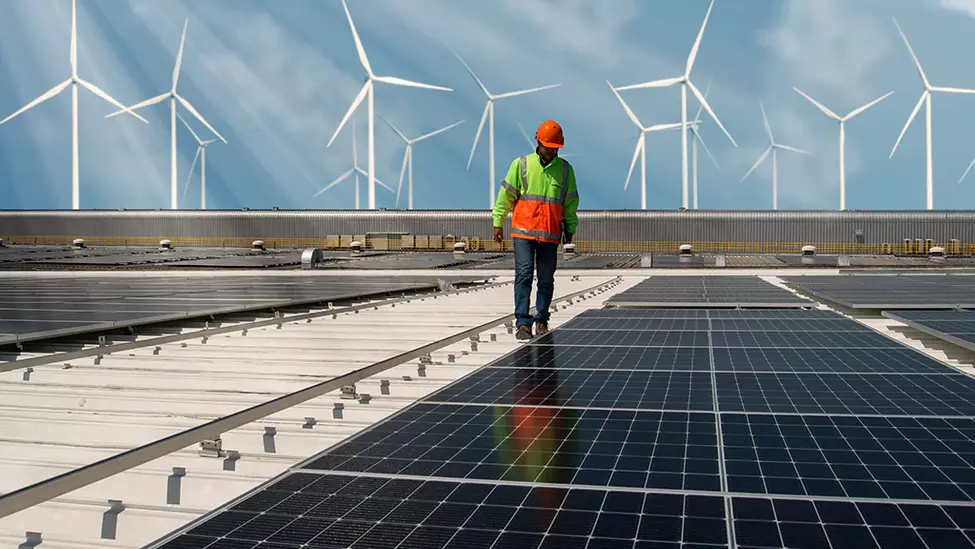
Resources for the Energy Industry
6 Tips to Help Stop Distracted Driving at Solar and Wind Farms
Wind and solar installations are often in remote locations, requiring driving on the job. Help protect employees from the dangers of distracted driving.
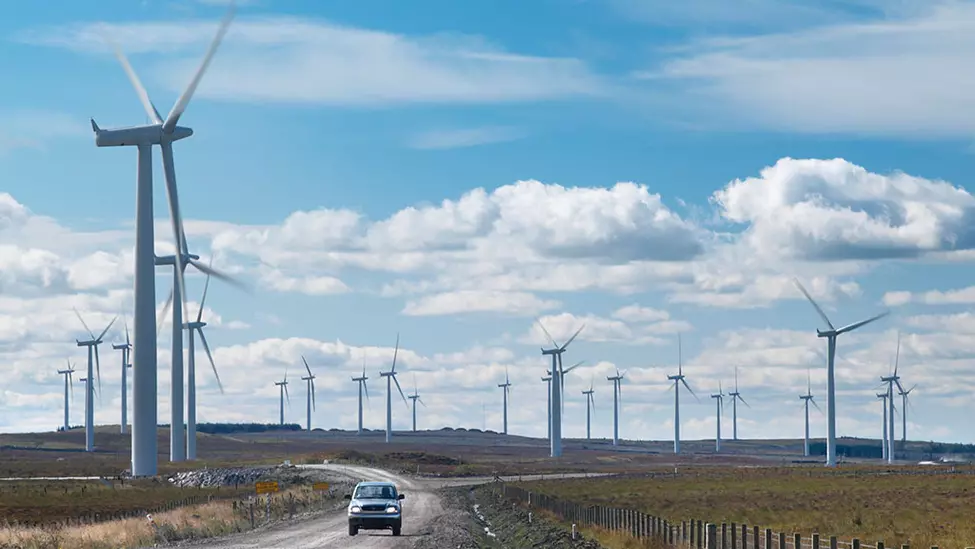
Resources for the Energy Industry
Predictive Maintenance at Solar and Wind Installations to Reduce Risks and Downtime
Predictive maintenance and IoT can help keep wind and solar installations operational, but preventive maintenance also remains important for the renewable energy industry.

Resources for the Energy Industry
Operations and Maintenance (O&M) Tips for Solar Energy Installations
As rooftop solar installations age, operations and maintenance is increasingly important. Here are some ways to protect your solar installation investment.
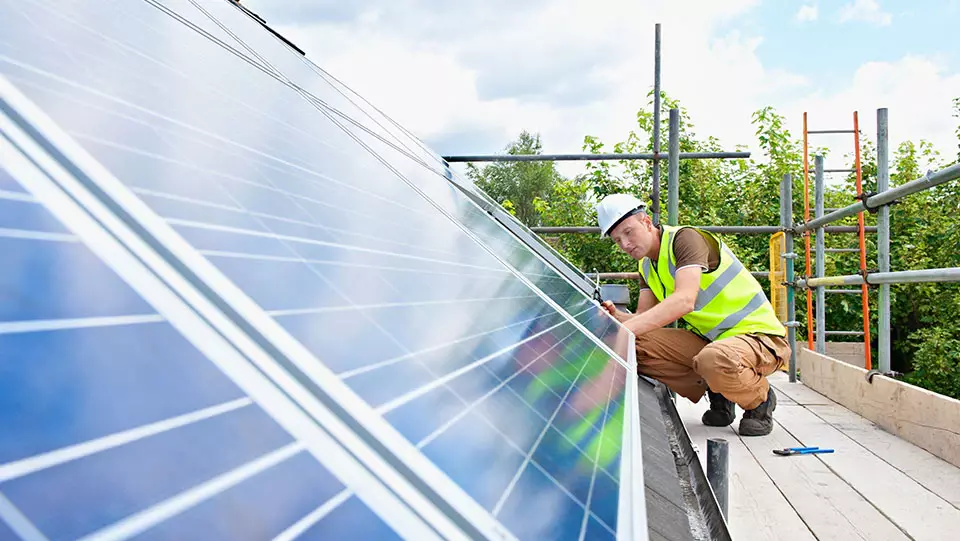
Resources for the Energy Industry
Lithium-Ion Battery Energy Storage Systems (BESS) Risks
The growing demand for lithium-ion battery energy storage systems (BESS) is due to the benefits they provide consumers such as time shifting, improved power quality, better network grid utilization and emergency power supply.
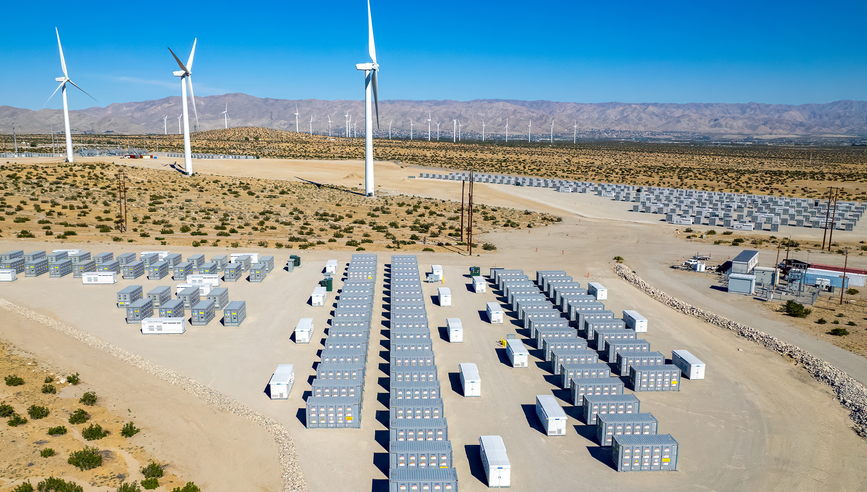
Resources for the Energy Industry
Key Points to Understand When Considering Biomass Power Generation
When considering investment in biopower production, it’s important to understand the potential risks and benefits for your business. Here are six questions to ask.

Resources for the Energy Industry
Crane Safety Tips for Wind Farm Construction and Maintenance
Moving a crane at a wind farm requires planning and following guidelines from engineers, manufacturers and site supervisors. Here are some key considerations.
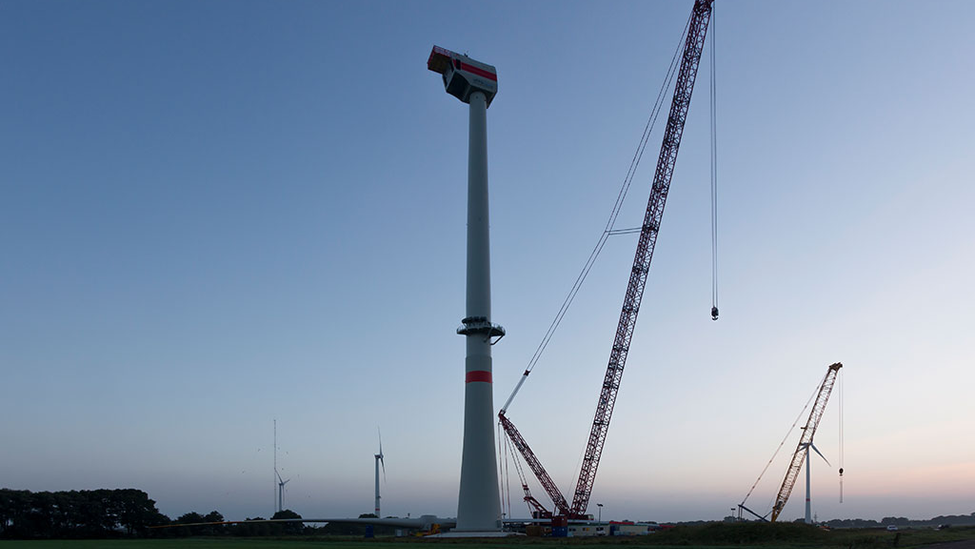
Related products
Property
When it comes to insuring your commercial property, Travelers has a number of solutions to help keep your property protected.
Workers compensation
Supports employers and employees after a work-related injury or disease, delivered with a host of proprietary services to support positive outcomes.
General liability
Travelers general liability insurance for businesses provides protection from a variety of claims.
